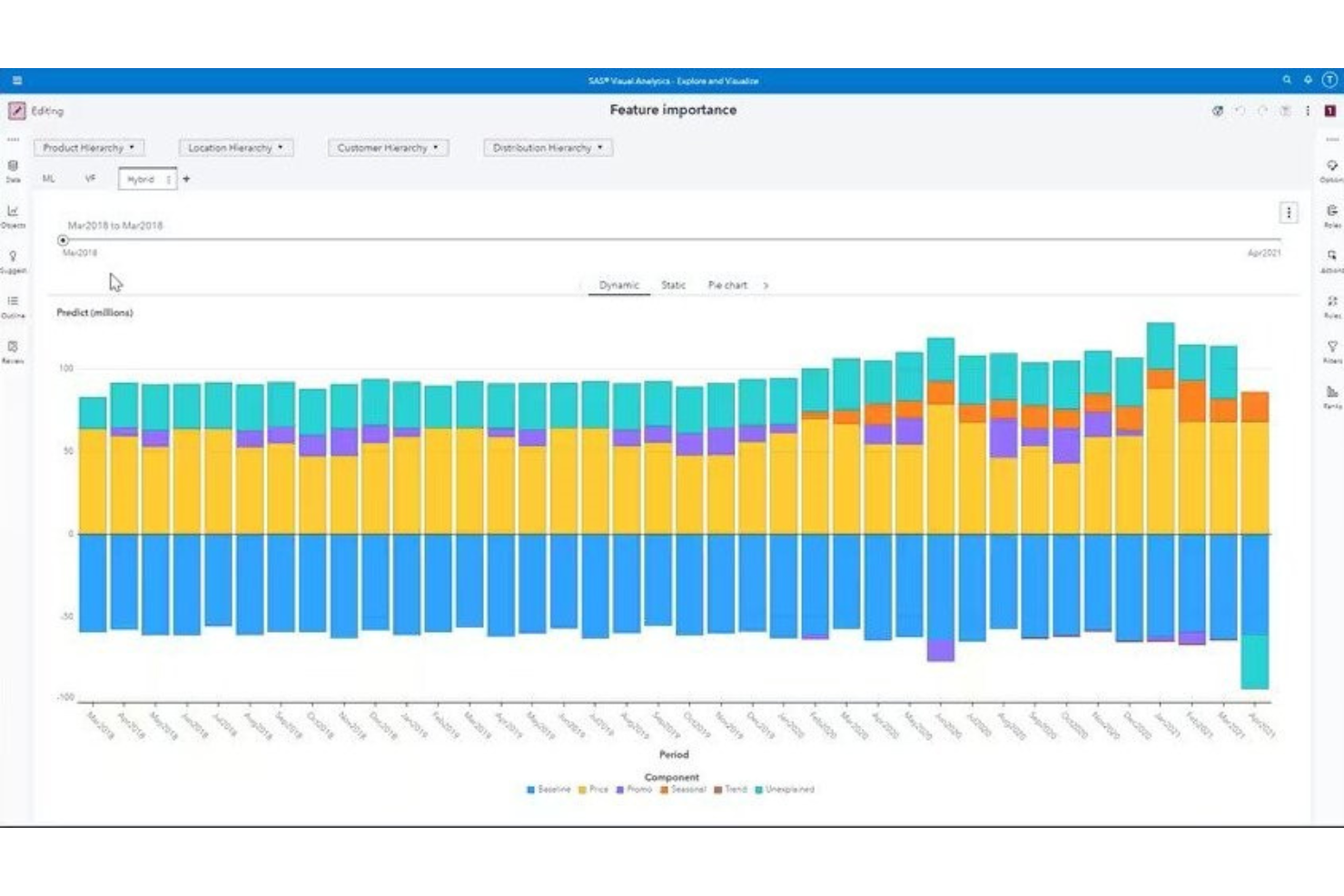
Decoding Success: Web-Based Retail Analytics Unveiled
In the ever-evolving landscape of e-commerce, web-based retail analytics stands out as a powerful tool for businesses seeking insights into customer behavior, optimizing operations, and driving overall success. This article delves into the world of web-based retail analytics, exploring its significance, key metrics, and the transformative impact it can have on online retail ventures.
Understanding the Significance of Web-Based Retail Analytics
Web-based retail analytics involves the collection, analysis, and interpretation of data related to online retail activities. It plays a pivotal role in providing businesses with actionable insights into customer preferences, purchasing patterns, and the overall performance of their online platforms. This data-driven approach empowers retailers to make informed decisions, enhance customer experiences, and stay competitive in a dynamic market.
Key Metrics in Web-Based Retail Analytics
Web-based retail analytics encompasses a range of key metrics that offer valuable insights into various aspects of online retail operations. From website traffic and conversion rates to average order value (AOV) and customer lifetime value (CLV), these metrics help businesses evaluate the effectiveness of marketing strategies, assess the impact of promotions, and identify areas for improvement in the online shopping journey.
Optimizing User Experience and Conversion Rates
One of the primary goals of web-based retail analytics is to optimize the user experience and boost conversion rates. By analyzing user behavior on the website, businesses can identify pain points in the customer journey, streamline navigation, and implement targeted strategies to increase the likelihood of conversions. Understanding how users interact with the site enables retailers to create a more seamless and satisfying online shopping experience.
Personalization Strategies Fueled by Data Insights
Web-based retail analytics fuels personalization strategies that cater to individual customer preferences. By leveraging data on past purchases, browsing history, and demographic information, retailers can implement personalized recommendations, targeted marketing campaigns, and customized promotions. This tailored approach enhances customer engagement, fosters brand loyalty, and contributes to increased sales.
Inventory Management and Demand Forecasting
Efficient inventory management is crucial for online retailers, and web-based retail analytics plays a vital role in this aspect. By analyzing sales trends, monitoring product performance, and assessing demand patterns, businesses can optimize their inventory levels. Accurate demand forecasting based on data insights helps prevent overstocking or stockouts, leading to improved operational efficiency and cost savings.
Analyzing Marketing Effectiveness and Attribution
Web-based retail analytics enables businesses to measure the effectiveness of their marketing efforts and attribute sales to specific channels. Attribution modeling helps identify which marketing channels contribute most to conversions, allowing retailers to allocate resources strategically. This data-driven approach ensures that marketing budgets are invested in channels that deliver the highest return on investment (ROI).
Identifying and Addressing Cart Abandonment Issues
Cart abandonment is a common challenge in online retail, but web-based retail analytics provides valuable insights into this phenomenon. By analyzing the reasons behind cart abandonment, such as unexpected shipping costs or a complex checkout process, businesses can implement targeted solutions to reduce abandonment rates. This proactive approach helps enhance the overall conversion funnel.
Monitoring Customer Satisfaction and Feedback
Customer satisfaction is a key metric in the success of any online retail venture. Web-based retail analytics goes beyond quantitative data by monitoring customer satisfaction through feedback, reviews, and social media interactions. Retailers can gain valuable insights into customer sentiments, identify areas for improvement, and respond promptly to address concerns, fostering a positive brand image.
The Integration of Artificial Intelligence (AI) and Machine Learning (ML)
The integration of artificial intelligence (AI) and machine learning (ML) enhances the capabilities of web-based retail analytics. These technologies enable predictive analytics, dynamic pricing strategies, and advanced customer segmentation. By leveraging AI and ML, retailers can stay ahead of market trends, automate decision-making processes, and deliver a more personalized and responsive online shopping experience.
Future Trends and Innovations in Web-Based Retail Analytics
The field of web-based retail analytics is dynamic, with ongoing innovations shaping its future. Predictive analytics, real-time data processing, and the integration of augmented reality (AR) for virtual try-ons are just a few examples of emerging trends. Staying informed about these advancements positions businesses to embrace new opportunities and continually refine their online retail strategies.
Explore the Transformative Power of Web-Based Retail Analytics at TheJuon.com
In conclusion, web-based retail analytics is a cornerstone for success in the competitive realm of online retail. The ability to gather, analyze, and act upon data insights empowers businesses to make informed decisions, enhance customer experiences, and drive overall growth. For in-depth insights and resources on web-based retail analytics, visit TheJuon.com to unlock the transformative power of data-driven retail strategies.
